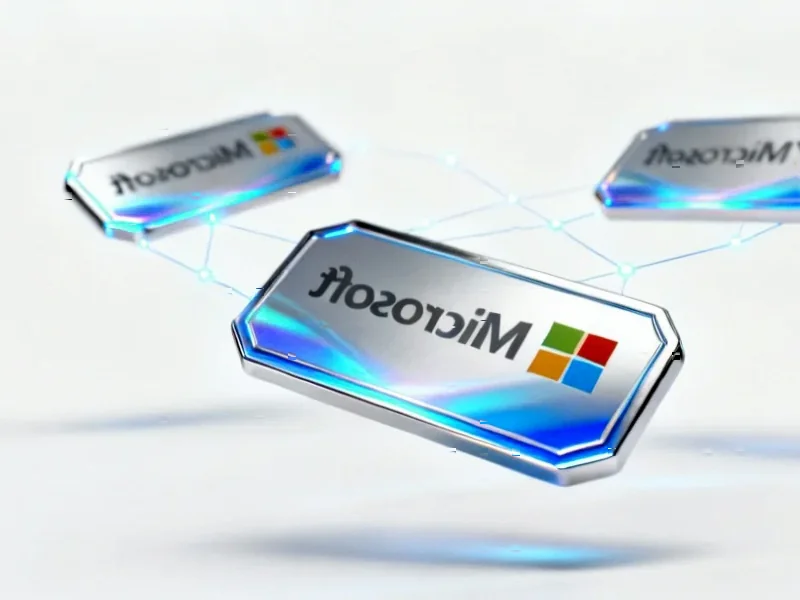According to CNBC, Dynamix Corporation III has raised $175 million in an upsized initial public offering and could potentially raise up to $201.25 million to meet investor demand. The Nasdaq-listed SPAC, which began trading under ticker DNMXU on Thursday, is targeting companies in energy, digital assets, and artificial intelligence with a focus on finding a merger target valued at $1 billion or more. The company has assembled an advisory team including Ali Harandi from Prologis, Andrew Keys from The Ether Machine, Setaj Desai from Nvidia, and Houston energy investor Steve Webster. This launch comes as the SPAC market shows cautious recovery signs after a sharp downturn, with Bank of America data showing only 30 SPAC transactions in 2023 compared to nearly 800 during the 2020-2021 boom period. The timing and focus of this offering suggest a strategic bet on AI infrastructure demand.
Table of Contents
The SPAC Renaissance: Quality Over Quantity
The current SPAC landscape represents a dramatic shift from the free-wheeling days of 2020-2021. What we’re seeing now isn’t another bubble but a maturation of the special purpose acquisition company model. The previous cycle was characterized by indiscriminate capital deployment and questionable target companies, resulting in the dismal performance statistics cited in the CNBC report. Today’s successful SPACs like Dynamix III are fundamentally different – they’re bringing institutional-grade due diligence, specific sector expertise, and realistic valuation expectations to the table. The days of celebrity-backed SPACs chasing vague “disruptive technology” themes are largely over, replaced by specialized vehicles with clear investment theses and operational expertise.
The AI Infrastructure Play: Beyond Chip Hype
Dynamix’s focus on AI infrastructure represents one of the most compelling investment themes in technology today. While most public attention focuses on AI software and chip companies, the real bottleneck – and opportunity – lies in the physical infrastructure required to power these systems. The inclusion of advisors from Nvidia and Prologis is particularly telling. Nvidia’s Setaj Desai brings critical expertise in data center engineering and capacity planning, while Prologis’s Ali Harandi understands the complex real estate and power requirements for modern data centers. This suggests Dynamix isn’t just chasing AI hype but targeting the essential, capital-intensive backbone of the artificial intelligence ecosystem – companies that provide power, cooling, connectivity, and physical space for AI workloads.
Execution Challenges and Red Flags
Despite the impressive advisory roster and clear sector focus, significant execution risks remain. The 18-24 month timeframe to identify and complete a merger creates pressure to deploy capital, potentially leading to compromised deal quality. The $1 billion target valuation is ambitious in today’s more discerning market environment, where private company valuations have corrected significantly from 2021 peaks. Additionally, the track record of Dynamix’s previous SPACs shows mixed results – while the team has successfully completed IPOs, the long-term performance of their acquired companies remains unproven. Investors should scrutinize whether this SPAC can avoid the valuation missteps that plagued many 2021-era deals while still finding quality targets in a competitive landscape.
Broader Market Implications
The success or failure of Dynamix III will serve as an important bellwether for the next phase of the SPAC market. If this well-constructed, sector-focused SPAC struggles to find an appropriate target or delivers disappointing returns, it could further dampen investor appetite for blank-check companies. Conversely, a successful merger and strong post-deal performance could validate the specialized SPAC model and encourage similar offerings. The involvement of established players like Nvidia and Prologis also signals that major technology and infrastructure companies see strategic value in participating in these financial vehicles, potentially as channels to identify acquisition targets or partnership opportunities in their ecosystems.
Realistic Outlook and Predictions
Given the specialized focus and experienced team, Dynamix III stands a better chance than most SPACs of finding a quality target. The most likely acquisition candidates would be private companies in data center development, specialized power providers for AI workloads, or companies developing energy-efficient cooling technologies. However, the compressed timeframe and billion-dollar valuation target create significant pressure. My prediction is that we’ll see Dynamix pursue a company in the data center infrastructure space within 12-18 months, likely one that’s already revenue-generating but requires public market capital to scale operations. The true test will come not in the merger announcement but in the 12-24 months following the deal, when the acquired company must demonstrate it can grow into its public market valuation.



